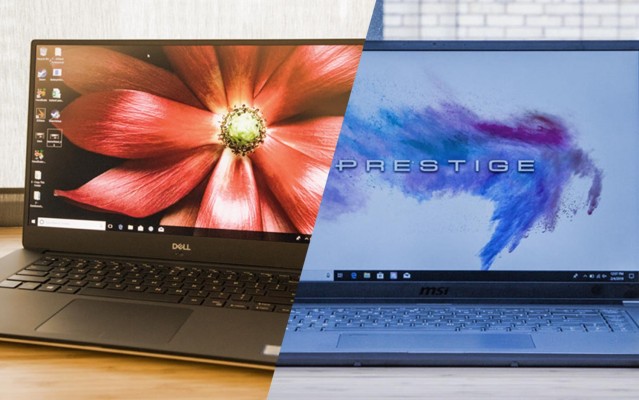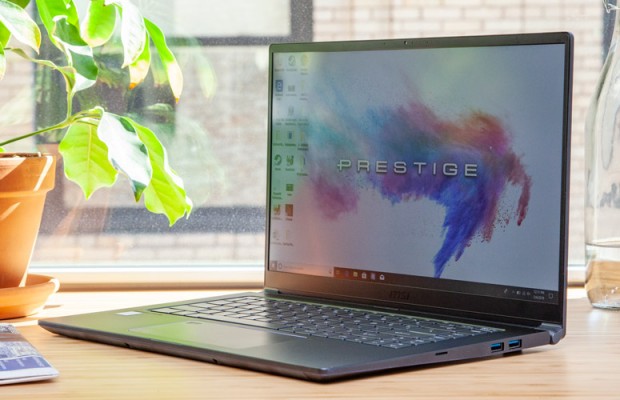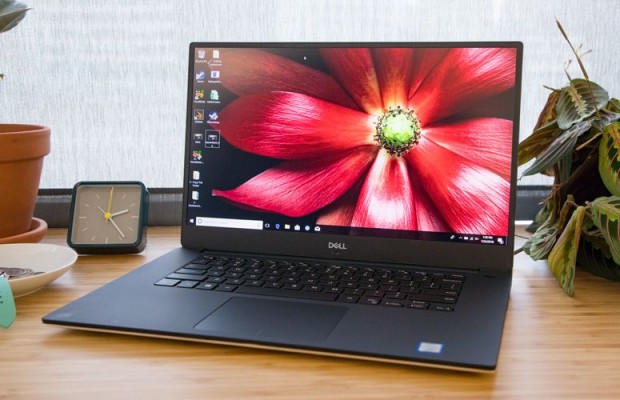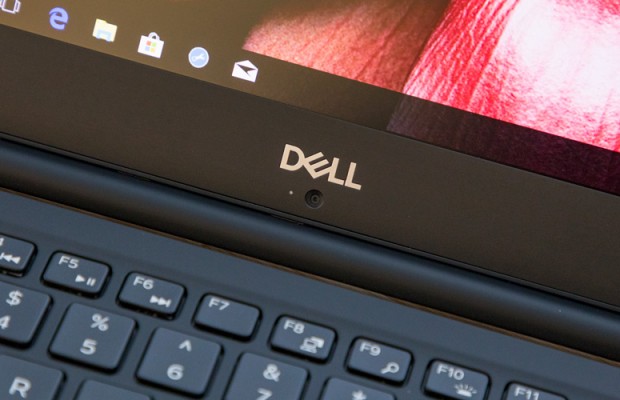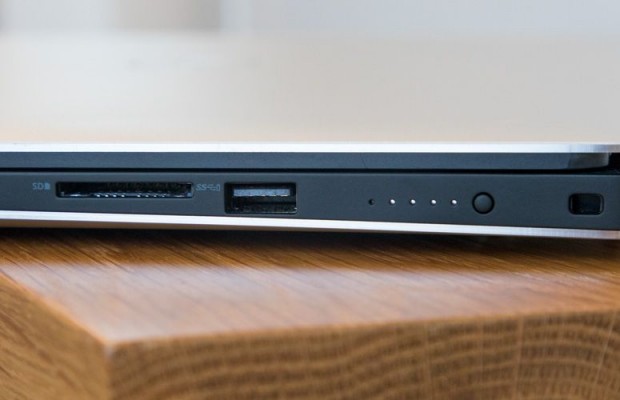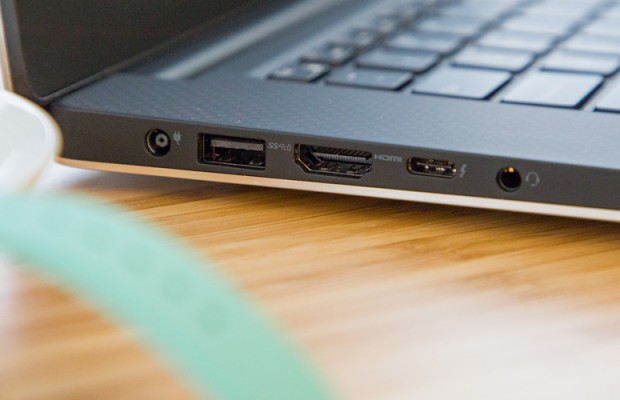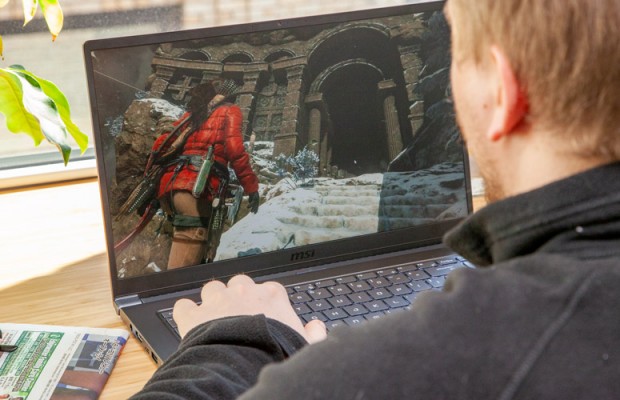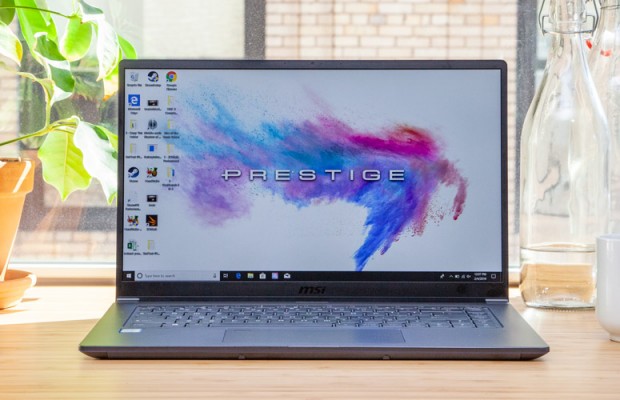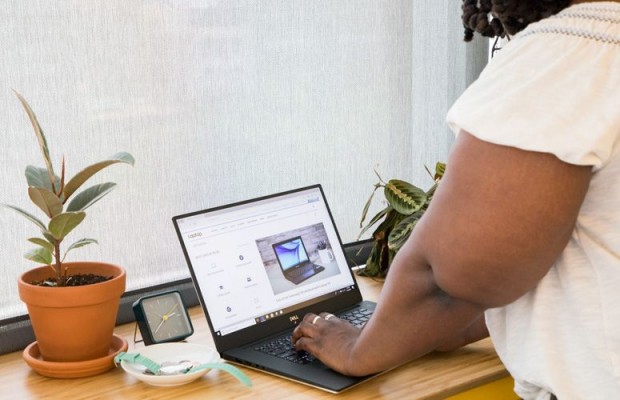MSI PS63 Modern vs. Dell XPS 15: Which Powerhouse Laptop Wins?
MSI's venture beyond gaming laptops has reached a turning point with the PS63 Modern ($1,499 starting, reviewed at $1,599), the company's new premium Ultrabook designed for content creators. Set to go up against established competitors like the Dell XPS 15, the PS63 Modern has its work cut out for it.
Fortunately, the PS63 Modern brings a lot to the table, including a gorgeous, compact design; a snappy keyboard; and discrete Nvidia GTX 1050 Ti graphics. But how does this machine stack up against the XPS 15 ($999 starting, reviewed at $1,409), a mainstay on our best overall laptops rankings? Let's find out which of these is the better multimedia machine.
Dell XPS 15 (2019) vs. MSI PS63 Modern: Specs compared
| Row 0 - Cell 0 | MSI PS63 Modern | Dell XPS 15 |
| Starting Price (as configured) | $1,499 ($1,599) | $999 ($1,409) |
| Colors | Carbon Gray w/Galaxy Blue trim | Platinum Silver/Black |
| Display | 15.6-inch, 1080p | 15.6-inch, 1080p |
| CPU | Intel Core i7-8565U | Intel Core i7-8750H |
| RAM | 16GB | 16GB |
| SSD | 512GB | 256GB |
| Key Travel | 1.2mm | 0.7mm |
| Ports | USB-C, 3 USB 3.1, microSD, HDMI, headphone | Thunderbolt 3, 2 USB 3.1, SD card, HDMI, lock slot, headphone |
| Webcam | 720p | 720p |
| Size | 14 x 9.2 x 0.6 inches | 14.1 x 9.3 x 0.7 inches |
| Geekbench 4 | 12,623 | 19,775 |
| Battery Life (hrs:mins) | 8:37 | 11:53 |
| Weight | 3.6 pounds | 4.2 pounds |
Design
The PS63 Modern is the more stylish laptop of these two, but people who prefer an understated design will appreciate the XPS 15.
The MSI PS63 Modern has a stealthy sandblasted, dark-gray finish trimmed in shimmery blue/purple, diamond-cut edges. The contrast between the jewel-like blue highlights and the earth-tone chassis gives the PS63 Modern an entrancing sci-fi aesthetic. My one knock against the design is on the plastic hinge, which feels out of place on an otherwise-premium chassis.
Sign up to receive The Snapshot, a free special dispatch from Laptop Mag, in your inbox.
In contrast, the XPS 15 has an elegant, refined design but one that fails to stand out in a market filled with silver metal laptops. This sleek machine is sandwiched between two slabs of silver aluminum. A chrome Dell logo adorns the lid, while the interior of the XPS 15 is coated in black, soft-touch carbon fiber.
Dell has painstakingly refined the XPS design over the years, but the chassis now looks commonplace. Also, the XPS 15's webcam is still located on the bottom display bezel. Dell got rid of the nose cam on the new XPS 13, so we're crossing our fingers that the next-gen XPS 15 receives the same treatment.
While they don't look alike, these two laptops have more similarities than differences. Not only are they both made of aluminum, but they also both feature extremely narrow bezels, which enable an engrossing, edge-to-edge viewing experience.
Both 15.6-inch laptops are surprisingly portable, too. But at 14 x 9.2 x 0.6 inches and 3.6 pounds, the PS63 modern is lighter and more compact than the XPS 15 (14.1 x 9.3 x 0.7 inches, 4.2 pounds).
Winner: MSI PS63 Modern
Ports
You won't have any problems plugging your peripherals into either of these laptops.
The left side of the PS63 Modern houses a headphone/mic combo jack, a USB 3.1 Type-A port, an HDMI port and a USB-C input. On the right side are two more USB 3.1 ports and a microSD card slot.
You'll find a headphone jack, a Thunderbolt 3 port, an HDMI input and a USB 3.1 Type-A port on the left side of the XPS 15. An SD card slot and a second USB 3.1 port are positioned next to an LED battery-life indicator and a Noble lock slot on the right side of the chassis.
While the PS63 Modern offers three USB Type-A ports, a Thunderbolt 3 input future-proofs the XPS 15.
Winner: XPS 15
Display
Your favorite TV shows and movies will appear sharp and vivid on these two laptops, but the PS63 Modern's display doesn't get very bright.
The 15.6-inch, 1080p display on the PS63 Modern covers an impressive 136 percent of the sRGB color gamut. That makes this display more colorful than the 15.6-inch, 1080p panel on the base XPS 15 (115 percent), and the PS63 Modern also beats the average for the premium laptop category (117 percent).
One of our biggest disappointments with the PS63 Modern is its dim display. With a peak luminance of just 228 nits, the Modern's panel is much dimmer than the 1080p display on the XPS 15 (447 nits) and the category average (328 nits).
The XPS' optional 4K display is extremely vivid (163 percent) and bright (371 nits), but the brighter matte 1080p panel has better outdoor visibility.
Winner: XPS 15
Keyboard and Touchpad
If I were writing a novel, I'd want to type it on the PS63 Modern's keyboard, which has larger, clickier keys than those on the XPS 15.
The 67 grams required to actuate the PS63 Modern's keys give them snappy, tactile feedback, even though they have only 1.2 millimeters of travel.
MORE: How To Deal With Dysfunctional Keys On Your Keyboard
The XPS 15 also has a comfortable keyboard, but the bouncy, well-spaced keys are somewhat small, and a few of them, like the arrow keys, are undersized. The XPS 15's keyboard has very shallow travel, at just 0.7mm, but an above-average 70 grams of actuation force kept my fingers moving at a swift pace.
My real-world typing results favor the PS63 Modern's keyboard. I typed at 117 words per minute with an accuracy rate of 96 percent on the 10FastFingers.com typing test. That's faster and more accurate than my results on the XPS 15 (116 wpm at 94 percent accuracy).
I had no problem using the touchpad on either of these laptops. Their smooth surfaces responded quickly to my gestures, and the left and right clickers are snappy and reliable. However, I prefer the elongated, 5.5 x 2.5-inch touchpad on the PS63 Modern over the boxier, 4 x 3.1-inch surface on the XPS 15.
Winner: MSI PS63 Modern
Performance
Both of these laptops provide ample performance for creators to edit and upload photos and video, but the quad-core Intel Core i7-8565U inside the PS63 Modern is no match for the XPS 15's powerful six-core Intel Core i7-8750H CPU.
The PS63 Modern scored a 12,623 on the Geekbench 4.1 test, earning a mark that's around 40 percent lower than what the XPS 15 (21,201) achieved and a tad below the category average (13,103).
MORE: Laptops with the Best Productivity Performance
The PS63 Modern's 512GB M.2 SATA SSD fought back on our file-transfer test, duplicating 4.97GB of multimedia files in 12 seconds, for a transfer rate of 424.1 megabytes per second. The XPS 15's 256GB M.2 PCIe SSD was slower, completing the same task at a rate of 221.3 MBps.
On our Excel Macro Test, the PS63 Modern matched 65,000 names with their corresponding addresses in 1 minute and 25 seconds. The XPS 15 was quicker, outpacing the MSI laptop and the category average (1:31) with a time of 44 seconds.
The XPS 15 is the more capable laptop for creators based on our video-transcoding test. The Dell machine converted a 4K video into 1080p in just 10 minutes and 53 seconds, whereas the PS63 Modern (19:04) required almost twice the amount of time. The MSI, at least, finished before the premium laptop average (21:45).
Armed with the same Nvidia GeForce GTX 1050 Ti (Max-Q) GPU, these laptops offer nearly identical gaming performance. However, the PS63 Modern has a slight edge according to our gaming benchmarks. The Modern played Hitman, Grand Theft Auto V and Rise of the Tomb Raider at slightly higher frame rates than the XPS 15. For example, the Modern ran Rise of the Tomb Raider (1920 x 1080 on Very High settings) at 24 fps, while the XPS 15 reached only 22 fps.
Winner: XPS 15
Battery Life
The PS63 Modern lasted 8 hours and 37 minutes on a charge, just outlasting the premium laptop average (8:32). That's a solid result but well short of the XPS 15's outstanding 11 hours and 53 minutes of runtime. Even the 4K version of the XPS 15 (8:28) endured for nearly as long as the PS63 Modern.
Winner: XPS 15
Value and Price
The PS63 Modern is available in two configurations. The base model costs $1,499 and comes with a 1080p display, a Core i7-8565U CPU, 16GB of RAM, a 512GB SSD and a GeForce GTX 1050 (4GB of RAM). For another $100, you can upgrade to a GTX 1050 Ti GPU.
The XPS 15 comes in several configurations at a range of prices. The $999 base model includes an Intel Core i5-8300H CPU, 8GB of RAM, a 1TB and 5,400-rpm SSHD, and integrated UHD Graphics 630. We recommend spending another $100 to upgrade to a 256GB SSD.
MORE: Best and Worst Laptop Brands
Our $1,409 review unit packed a Core i7-8750H CPU, 16GB of RAM, a 256GB SSD and a GTX 1050 Ti GPU. When configured with components comparable to the $1,599 PS63 Modern's — a Core i7 CPU, 16GB of RAM, a 512GB SSD and a GTX 1050 Ti GPU — the XPS 15 comes out to $1,529. Upgrading the XPS 15 to a 4K display costs another $400.
Winner: Draw
Overall Winner: XPS 15
The PS63 Modern is an impressive laptop, but it makes a few too many missteps to top our favorite 15-inch laptop, the XPS 15.
| Row 0 - Cell 0 | MSI PS63 Modern | Dell XPS 15 |
| Design (10) | 9 | 7 |
| Ports (10) | 7 | 8 |
| Display (15) | 10 | 13 |
| Keyboard/Touchpad (15) | 13 | 11 |
| Performance (20) | 14 | 17 |
| Battery Life (20) | 13 | 17 |
| Value (10) | 7 | 7 |
| Overall (100) | 73 | 80 |
Still, MSI's latest entry in the premium, 15.6-inch laptop space is the company's best yet. The PS63 Modern has a gorgeous design, and its chassis is remarkably thin and lightweight. The sleek machine also has a comfortable keyboard and a large, responsive trackpad.
But the XPS 15 beats the PS63 Modern where it matters most. Although the PS63 Modern's display is vivid, the XPS 15's panel is significantly brighter. And with its H-series CPUs, the XPS 15 offers significantly better performance than the PS63 Modern. Not to mention, the XPS 15 lasts several hours longer on a charge than the MSI laptop.
If portability matters most to you, then you'll be happy with the PS63 Modern; otherwise, we recommend the XPS 15.
Credit: Laptop Mag
Phillip Tracy is the assistant managing editor at Laptop Mag where he reviews laptops, phones and other gadgets while covering the latest industry news. After graduating with a journalism degree from the University of Texas at Austin, Phillip became a tech reporter at the Daily Dot. There, he wrote reviews for a range of gadgets and covered everything from social media trends to cybersecurity. Prior to that, he wrote for RCR Wireless News covering 5G and IoT. When he's not tinkering with devices, you can find Phillip playing video games, reading, traveling or watching soccer.
